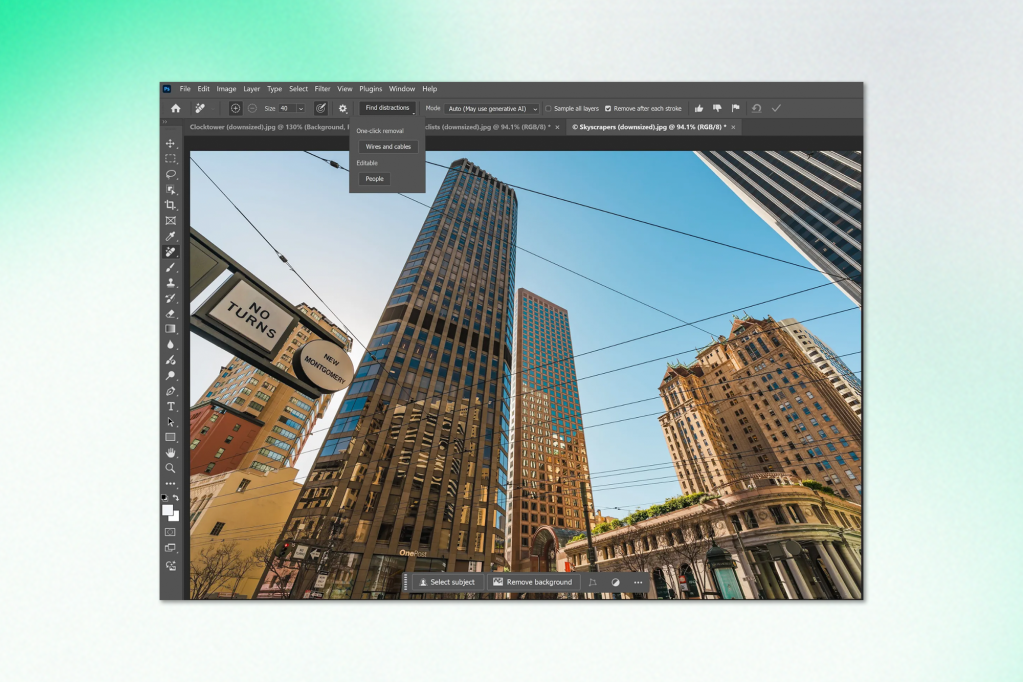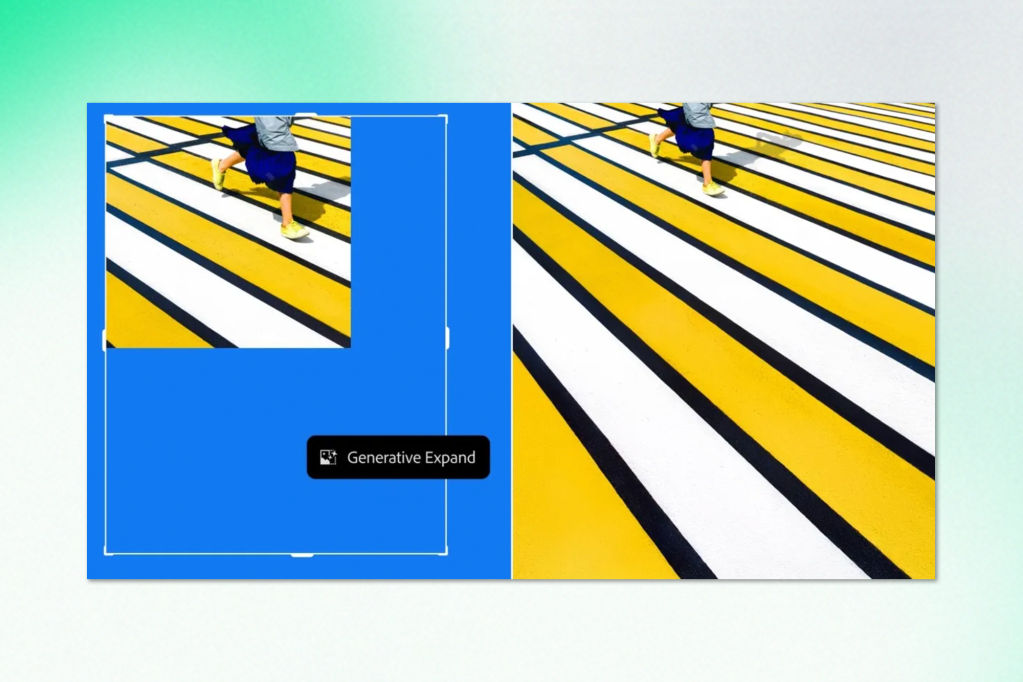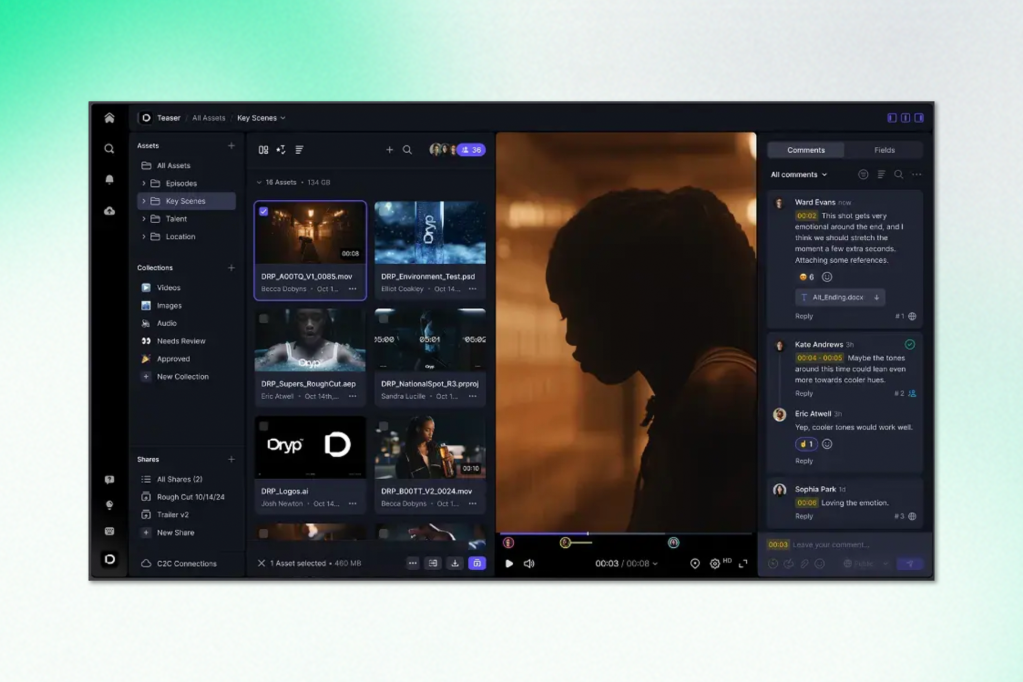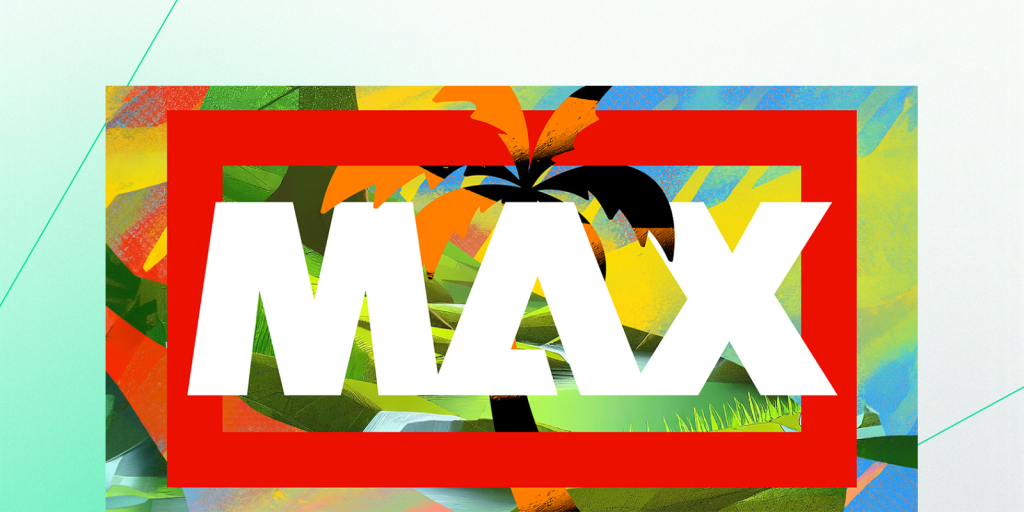Adobe’s annual MAX event never disappoints, and the 2024 edition, held in Miami Beach from October 14-16, was no exception. This year, the spotlight was firmly on how Adobe is integrating AI into its creative tools, delivering groundbreaking updates across its Creative Cloud suite.

1. Generative AI Video Tools Arrive in Premiere Pro
One of the standout announcements at Adobe MAX 2024 was the release of Adobe’s first generative AI video model, which is now available within Premiere Pro. This powerful tool, the Firefly Video Model, allows users to generate video content from text prompts and still images, seamlessly extending footage or making in-scene adjustments.
Here’s a closer look at the key features coming to Premiere Pro:
Generative Extend (Beta)
The Generative Extend tool is one of the most practical new features for video editors. It allows users to extend the duration of a video clip by adding a few seconds of footage at the beginning or end without the need for a reshoot. For example, if a scene is cut too short or an action isn’t fully captured, Generative Extend can fill in the gaps with a seamless extension.
This tool is ideal for fixing minor issues mid-shot, such as adjusting eye lines or compensating for unexpected movements. However, it currently has limitations, allowing extensions of only up to two seconds. Extended clips can be generated at 720p or 1080p resolution, and Adobe aims to minimize the need for reshoots for minor errors that would otherwise require extra takes.
Generative Extend also works on audio, allowing editors to extend ambient sound or sound effects by up to ten seconds. This could be useful for smoothing out transitions or filling gaps in ambient sound, though it does not work with spoken dialogue or music.

Text-to-Video (Beta)
The Text-to-Video feature enables users to create video content simply by inputting a text prompt, similar to how Runway and OpenAI’s Sora operate. Based on your description, Text-to-Video can generate video clips in several styles, whether you want a realistic film style, 3D animation, or stop-motion.
Adobe has introduced camera controls for the generated output, allowing users to tweak details like camera angles, motion, and shooting distance. While these clips are limited to five seconds and capped at 720p resolution with 24 FPS, this feature has immense potential for creating b-roll footage or concept visuals quickly and efficiently.
Image-to-Video (Beta)
The Image-to-Video tool builds on the capabilities of Text-to-Video by allowing users to provide a reference image alongside the text prompt, offering greater control over the generated content. This could be particularly useful for generating a b-roll from existing photographs or visualizing reshoots without returning to the shooting location.
For example, users can upload a still image from a scene and generate short clips to match it. However, Adobe admits that this tool is still in its early stages, and some generated footage may have visual issues, like wobbling cables or shifting backgrounds. Though not yet perfect, Image-to-Video can be a powerful conceptual tool for early-stage production planning.
Video Quality and Length Limitations
Both Text-to-Video and Image-to-Video clips are limited to five seconds long, and the maximum resolution is 720p at 24 frames per second. Adobe is working on a turbo mode to speed up generation times, which currently take around 90 seconds per clip. Despite the shorter clip length and lower resolution, these tools provide a glimpse into the future of AI-powered video editing.
In comparison, OpenAI’s Sora promises to generate up to a minute of video content, but it is still unavailable to the public. While Adobe’s Firefly Video Model may be limited in scope, it has the advantage of being commercially safe. Unlike other models trained on potentially copyrighted material, Firefly has been trained on content Adobe is authorized to use, which makes it more appealing for commercial use.
Content Credentials for AI-Generated Videos
To ensure transparency in AI-generated content, Adobe has embedded Content Credentials into videos created or edited using the Firefly Video Model. These credentials disclose the use of AI in content creation and help establish ownership rights, making it easier to manage digital assets and their provenance when published online.
2. Photoshop’s AI-Powered Distraction Removal
Distraction Removal Tool
AI-driven enhancements in Photoshop are evolving rapidly, offering new levels of efficiency and accuracy. One of the most anticipated features announced at Adobe MAX is the Distraction Removal tool, which builds on the already powerful Remove Tool. Previously, users had to brush over the objects they wanted to remove, but the new AI capabilities take it a step further. Now, the tool automatically identifies common distractions like people, wires, and cables in the background and removes them with a single click — no manual selection needed. This AI-driven feature works similarly to Google’s Magic Eraser on Pixel phones but is more robust and geared toward professional editing.
Photoshop users can also choose whether the Remove Tool uses Adobe’s Firefly generative AI model or non-generative AI, with an automatic selection option that decides the best approach based on the image content. This flexibility ensures that users get the best possible results tailored to the specifics of each scene.

Generative Fill, Expand, and Background
Photoshop’s Generative Fill, Generative Expand, Generate Similar, and Generate Background tools are now widely available after being introduced in beta earlier this year. These tools, powered by the latest Firefly Image Model V3, allow users to quickly fill in areas, extend images, or generate new background elements based on text prompts or existing visual content. Firefly V3 is known for its ability to produce more photorealistic images and handle complex prompts more effectively, making the creative process faster and more accurate.
For example, users can extend an image seamlessly to fit a larger layout or create a similar style across different image parts with Generate Similar. These AI enhancements make matching tones, textures, and styles easier, resulting in a cohesive and polished final product.

AI Object Selection
Another game-changing AI tool introduced to Photoshop is an automatic Object Selection feature for the web app. This new functionality allows users to instantly select all objects in an image with a single click, cutting down the time spent on manual selections. Whether it’s removing backgrounds or isolating elements, this feature simplifies some of the most tedious tasks for designers and photographers alike.
Improved Firefly Image Model
Adobe’s Firefly Image Model has also seen significant improvements with the release of version 4. The model has been fine-tuned to offer a wider variety of images and improved photorealistic quality, giving creatives more options when using tools like Generative Fill and Generate Background. Adobe’s AI now better understands complex prompts and is more adept at blending generated content with the original image.
For those working on intricate designs, the Firefly Model’s enhanced ability to generate tailored outputs based on specific scene details ensures that each project gets the high-quality attention it deserves.
Generative AI Across Other Creative Cloud Apps
In addition to Photoshop, other Creative Cloud apps received AI-powered updates:
– Illustrator introduced an Objects on Path feature, allowing designers to align and arrange objects along any path shape quickly. This tool is ideal for creating flowing, balanced designs without manual adjustment.
– InDesign has now integrated the Generative Expand tool from Photoshop, enabling users to extend images to fit various layouts while maintaining design consistency.
3. Lightroom Mobile Gets AI-Driven Quick Actions
Lightroom mobile users will be thrilled with the newly introduced AI Quick Actions that automate tedious editing tasks like retouching backgrounds, teeth, eyes, and skin. The mobile app also inherits the Generative Remove feature, making it easier to edit images on the go. These updates position Lightroom mobile as a more powerful alternative to consumer-facing apps like Facetune, offering professional-level editing at your fingertips.
4. Frame.io V4: Next-Level Collaboration
Collaboration is a core part of Adobe’s offerings, and Frame.io has received its biggest update yet with version 4.0. This cloud-based platform for video review and approval now features a powerful metadata tagging model, enabling users to easily organize, tag, and track project assets. New collaboration tools allow teams to manage complex workflows without jumping between multiple apps, streamlining the creative process.
Frame.io’s camera-to-cloud functionality also received enhancements, enabling real-time uploading of media files as they’re captured — a feature demonstrated live at Adobe MAX. This instant transfer of files to the cloud dramatically speeds up project workflows, reducing the delay between shooting and editing.

5. Project Neo: 3D Design in the Spotlight
Adobe also teased Project Neo, an Illustrator-like app designed for 3D design currently in beta. It promises a whole new dimension of creativity, offering tools that make it easier for designers to craft 3D objects and environments. Expect more news on Project Neo’s availability in the coming months, but creatives can already start experimenting with the beta version.
6. Adobe Teases New AI Tools
At this year’s Adobe MAX, the company previewed a set of experimental tools known as Sneaks, giving attendees a glimpse into the future of content creation. While still in development, these tools promise to automate tedious tasks, enabling users to focus on creativity without requiring extensive technical expertise. Among the most exciting Sneaks are Project Scenic, Project Motion, and Project Clean Machine, which highlight Adobe’s commitment to pushing the boundaries of AI in design, animation, and video editing.
– Project Scenic: 3D Scene Creation Made Simple
Project Scenic introduces a new way to interact with Adobe’s Firefly AI model by enabling users to generate detailed 3D scenes. Rather than relying solely on text-based prompts, Scenic allows creatives to place, resize, and manipulate 3D objects within a scene. Once the 3D composition is complete, the tool renders a 2D image that reflects the design, giving users precise control over the final output. This approach is perfect for illustrators, game designers, and marketing professionals who want to visualize concepts in real time.
– Project Motion: Animate Without the Learning Curve
Animation can often be complex and time-consuming, but Project Motion aims to change that with an accessible two-step process. The first step involves a simple animation builder, where users can easily add motion effects to text and static images, even with minimal experience. Once the basic animation is complete, the tool’s second stage transforms it using text prompts and reference images, adding intricate textures, colours, and backgrounds.
– Project Clean Machine: Removing Distractions with Precision
Building on the success of Adobe’s Distraction Removal Tool, Project Clean Machine takes video and photo cleanup to the next level. This AI-driven tool automatically removes unwanted elements from videos and images, like flashing camera lights or people walking through the frame. However, what sets it apart is its ability to correct for visual inconsistencies caused by the removed distractions.
Public availability is still uncertain, but these tools could be a game-changer when they roll out in the coming months.
Keep ahead of the curve – join our community today!
Adobe MAX 2024 has demonstrated that AI is now central to Adobe’s creative vision. As these innovations evolve, creatives can expect a more dynamic, efficient, and inspiring workflow, positioning Adobe as an essential partner for any creative endeavour.
Follow us for the latest discoveries, innovations, and discussions that shape the world of artificial intelligence.


